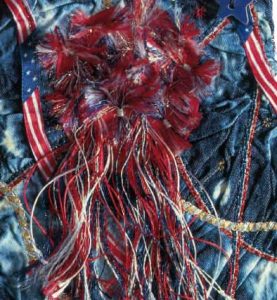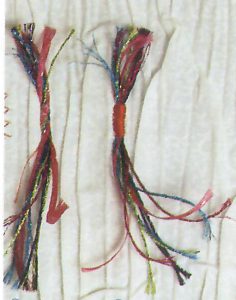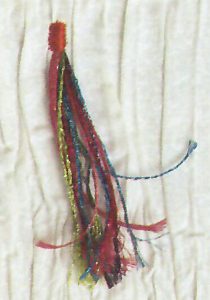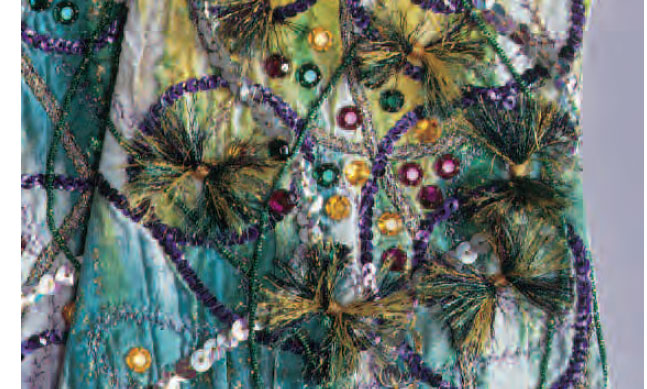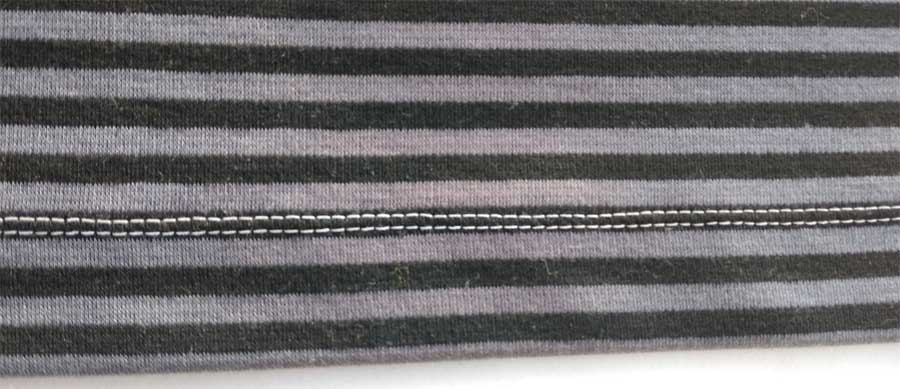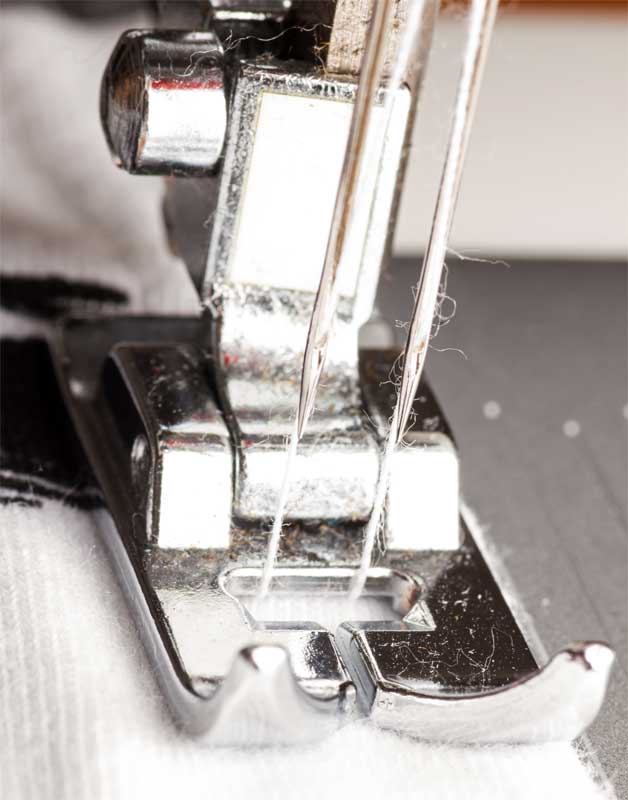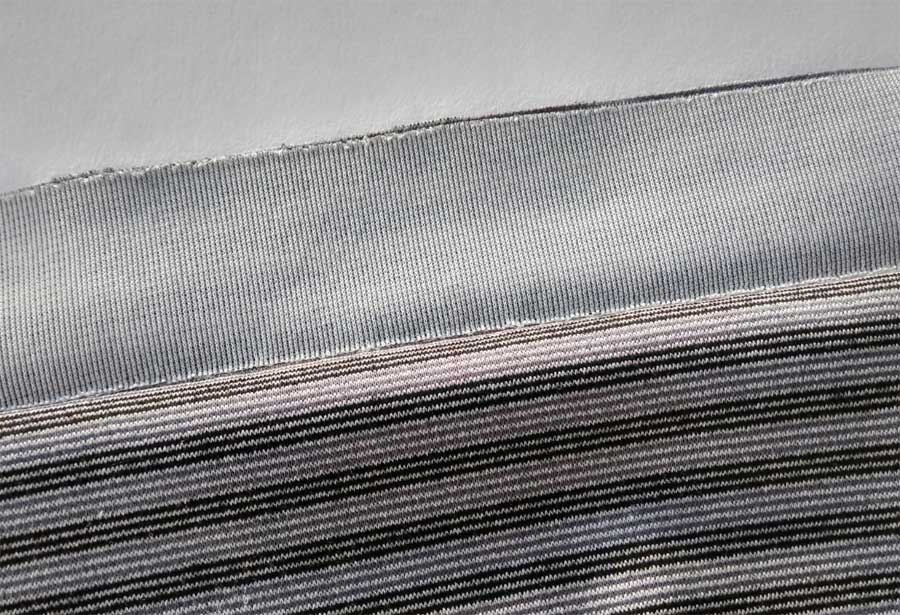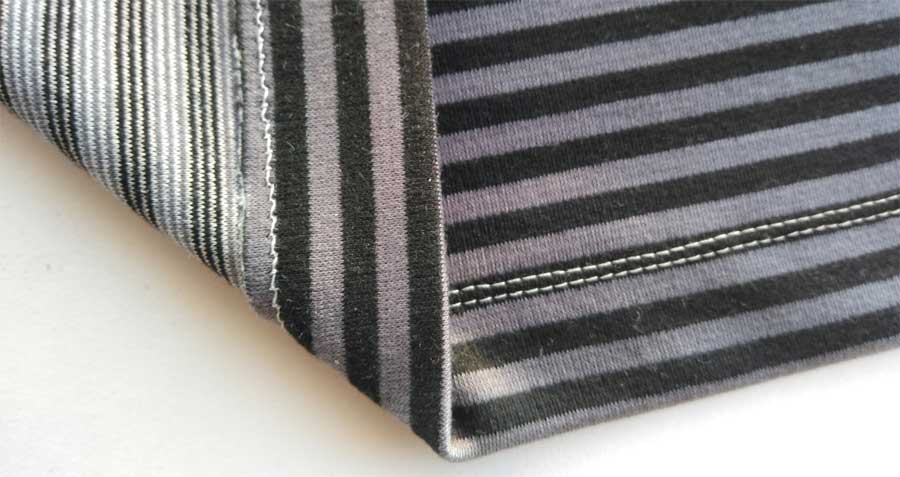In this 30 minute interview, American Sewing Guild member, Debbie Baker, talks with Sheryl Belson about her journey into learning about her heritage with the Choctaw Nation and learning to make Choctaw apparel, including the meaning behind the designs.
~Sheryl Belson





 Fringe, whether you choose to love it or leave it, has undoubtedly stood the test of time. Dating back to 3000 B.C. in Mesopotamia, fringe became popular as a fashion embellishment in the 1920’s, then resurfaced again in the 50’s, and came full circle in the 60’s, 70’s and 80’s. Popular again today, it can be casual and trendy or utterly timeless, like in the garments shown here. Enjoy some ideas from Nancy Nix-Rice on these beautiful fringe accents.
Fringe, whether you choose to love it or leave it, has undoubtedly stood the test of time. Dating back to 3000 B.C. in Mesopotamia, fringe became popular as a fashion embellishment in the 1920’s, then resurfaced again in the 50’s, and came full circle in the 60’s, 70’s and 80’s. Popular again today, it can be casual and trendy or utterly timeless, like in the garments shown here. Enjoy some ideas from Nancy Nix-Rice on these beautiful fringe accents.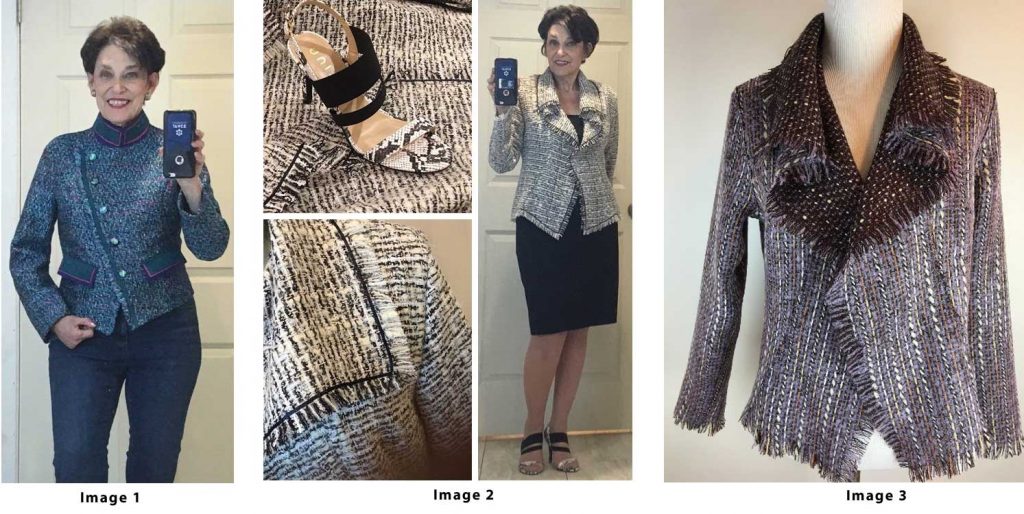
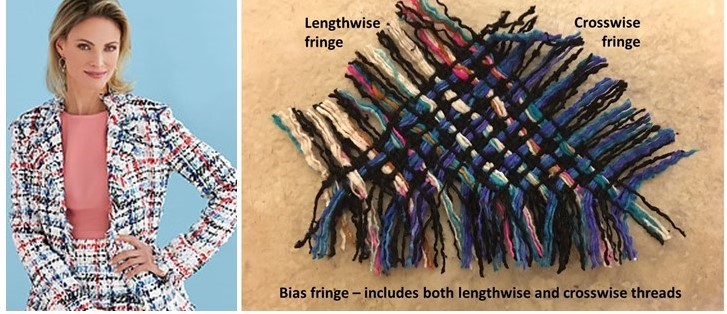
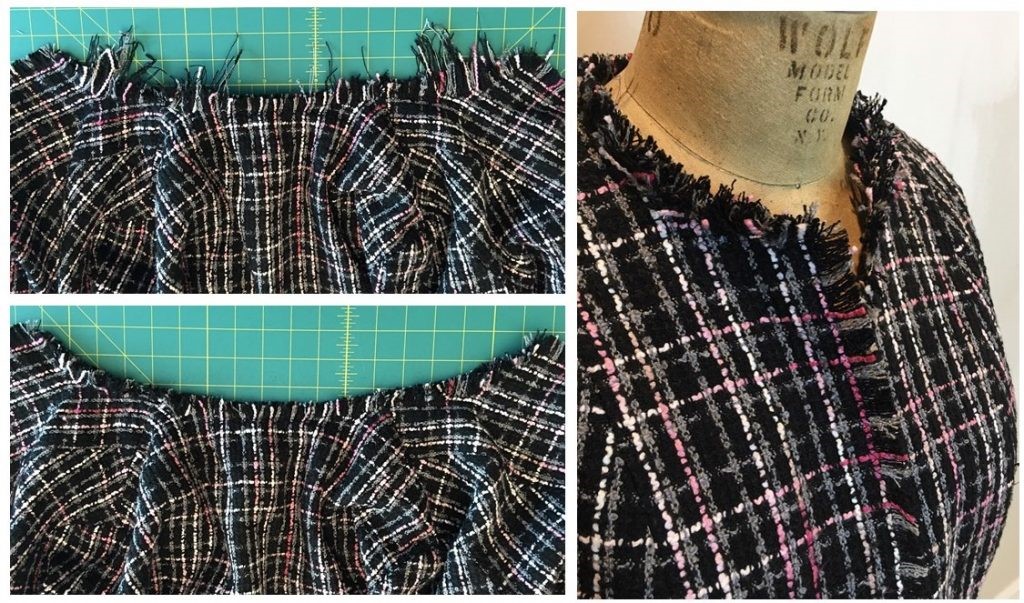
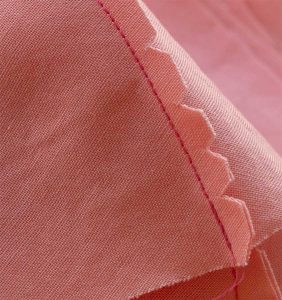
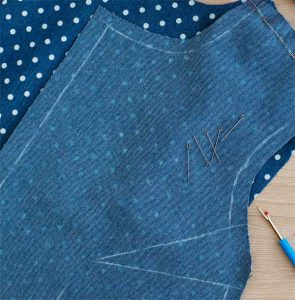 Darts can be straight or curved. They may be open ended and terminate into the seam allowance or they may be inside the body of the project with a point at both ends, referred to as a fish-eye dart.
Darts can be straight or curved. They may be open ended and terminate into the seam allowance or they may be inside the body of the project with a point at both ends, referred to as a fish-eye dart.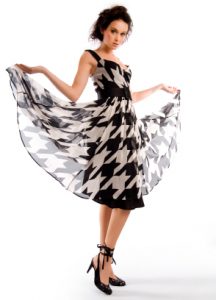 In its simplest form, ease is the additional room in a garment in excess of the actual body measurement. There is much more to ease than this simple definition though — there is wearing ease, design ease and negative ease. Each of these impacts the finished measurement of a garment in different ways.
In its simplest form, ease is the additional room in a garment in excess of the actual body measurement. There is much more to ease than this simple definition though — there is wearing ease, design ease and negative ease. Each of these impacts the finished measurement of a garment in different ways.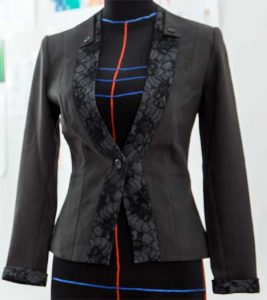 Interfacing is used to add extra body or strength to the fabric it is applied to. It is used in garment pieces like button bands, collars, waistbands, cuffs, and most facings. If you are sewing with knit, you might use interfacing to keep the fabric from stretching out of shape in a particular area of the garment.
Interfacing is used to add extra body or strength to the fabric it is applied to. It is used in garment pieces like button bands, collars, waistbands, cuffs, and most facings. If you are sewing with knit, you might use interfacing to keep the fabric from stretching out of shape in a particular area of the garment.